How to Set Backcountry Skiing and Splitboarding Objectives
We stood in the skin track, looking up at the mountain’s shoulder we’d soon climb. Lauren giggled with excitement, her gusto on her third backcountry ski tour was infectious. I was excited to be a part of her experience.
Until things started going wrong. First a boot buckle broke within the first 200 foot of our ascent. Then her boots began pinching her foot such that she could barely inch forward. Her tenacity persisted, though: she wanted to continue our adventure. I slowed down our pace to a crawl, but in nearly two hours, we’d barely gained 600 feet, and sunset fast approached.
I reflected: what would a good backcountry partner do in this situation? Certainly, I was frustrated, but my emotions wouldn’t change the current situation. With Lauren’s tears surely waiting for us at the next switchback, I called it: we needed to pull the plug and go home.
I’ll never forget this day, because it was formative in my early backcountry journey. It made me consider how I set my own goals as a splitboarder, the way I show up as a backcountry partner, and what I want out of a single day in the backcountry. Each year, as I set out to map my goals and dreams in the mountains, and beyond, a few very simple tools help me stay focused on my accomplishments within (and just beyond) my grasp.
Read on for three ways to pursue your backcountry skiing and splitboarding goals.
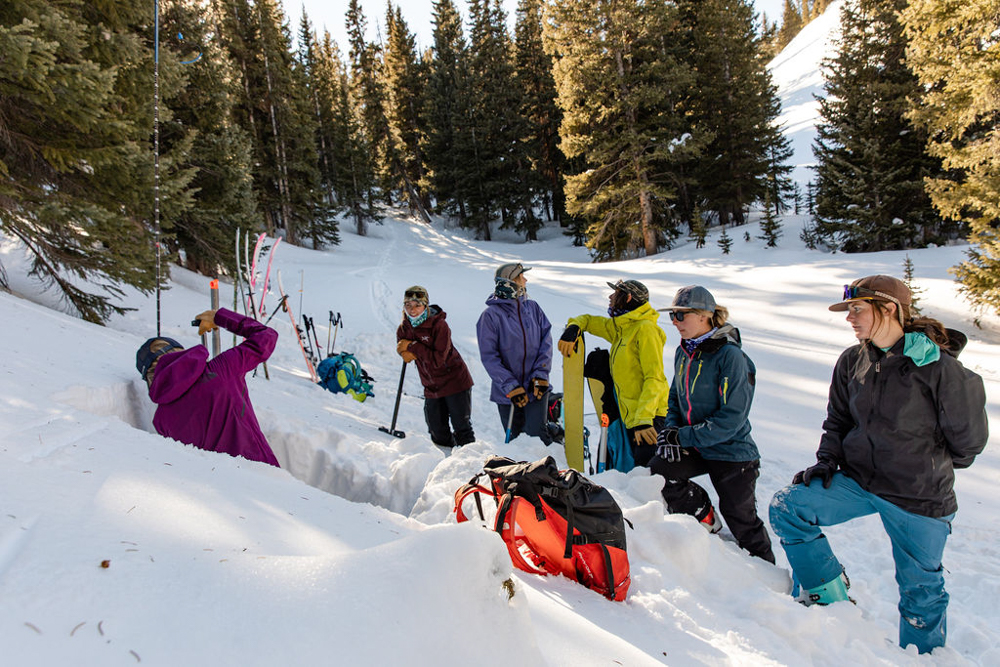
1. Define Your Objectives
Make the time to identify your goals and objectives so that you can have something concrete to track towards. This could mean learning a new skill, completing a competitive event, or achieving a certain milestone, for example.
What types of objectives should be defined?
- Technical skills give you the ability to achieve your objectives: they link knowledge and experience with competence so that you can get after your dreams. Examples could include executing a solid kick-turn, reading a topographic map, or even making in-field repairs for broken ski or splitboard bindings.
- Soft skills help you dig into the subtler side of mountain objective achievement: communication, leadership, heuristics management, and team dynamics, for example.
- Fitness goals empower you to move through the mountains effectively and help you to be a better partner. Working with a trainer, using a free app like Nike Training Club, joining your local gym, or just setting a consistent schedule helps you get after fitness goals.
Your mountain goals and objectives should marry all three of the above components: technical skill (competency), soft skills, and fitness are all key parts of goal-setting.
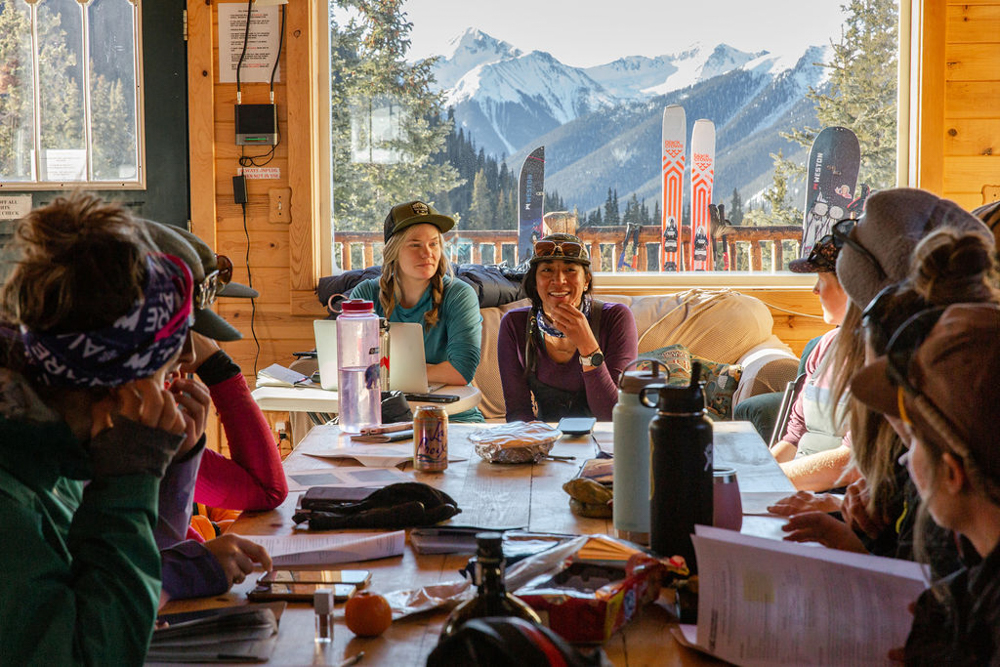
2. Set SMART Goals
SMART goals represent a way to set reasonable, achievable goals that keep you focused on the future without sacrificing mental, emotional, physical, or financial health.
SMART goals are:
- Specific
Asking the question “What is your goal?”, this examination removes ambiguity, and helps to define exactly what you want to achieve.
- Measurable
This aspect of your goal pegs a quantifiable number to your goal. It helps you decide the markers you’ll use to measure progress en route to success. Examples include “30 pitches” or “30 miles” or “30 days skiing.”
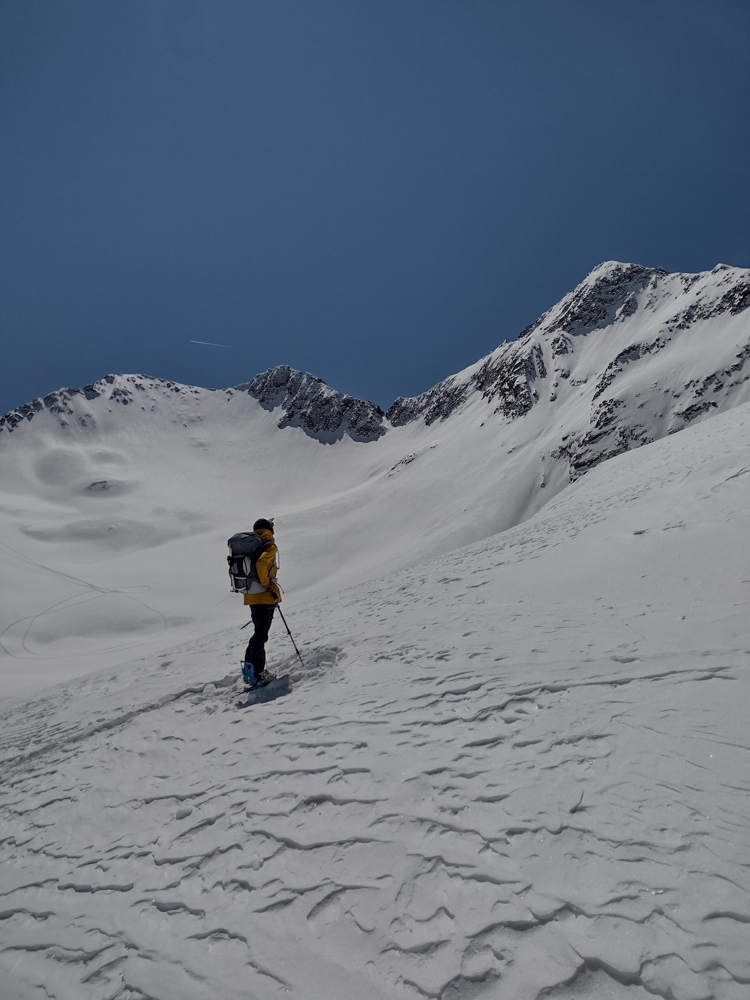
- Attainable (or Achievable)
This aspect of goal-setting answers the question: “How are you going to do it?” It helps keep you realistic, challenging you to consider factors beyond just fitness, technical skill, and soft skills. For example, consider partnerships, financial commitments, gear needs, and more.
Asking yourself how attainable a goal is helps you to define the parameters you’ll need to step into the strategic mindset that’s a part of achieving your dreams.
- Realistic
Goals that are realistic, relevant, and within reach answer the question: “Is this in alignment with my purpose and true desires?”
Since not all of us actually know what our true purpose and desires are, consider this: when you think about this goal, do you feel excited? If you feel a sense of dread or fear, you might want to rethink your goal.
- Time-based
This facet of planning asks you to consider: “How long will it take to reach this goal?”
Set a deadline for yourself: you’ll decide the time window for achievement, considering factors you’ve already laid out in the “Attainable” section of your goal-setting journal.
3. Document Everything!
Now that you’ve learned about SMART goals and ways to set your objectives, it’s time to break out the journal (if you haven’t already).
Come back to your final goal: What do you want to achieve? Let’s use the example of Marta, an advanced resort skier confident on double blacks with a few snazzy park tricks up her sleeve. She wants to get confident as a brand new backcountry skier, so she sets goals for the season.
Here’s what she documents:
- For technical skills, she needs to learn to skin variable and powder snow, transition, pack her touring backpack without forgetting anything, and navigate variable snow conditions.
- For soft skills, she wants to learn how to be a good communicator to her partners.
- For fitness, she needs to be able to carry a 25 lb backpack for up to 8 hours while on skis. She also wants to be able to ski up to 1,000 vertical feet in a day.
Marta decides that her big SMART goal for the season will be to tour on two out of three days on a hut trip her friends have organized in the spring. Since she has several months to prepare, she’ll focus on the three types of skills to get after her big season goal.
Her goal is SMART because it is:
- Specific: She wants to tour on two out of three days on a hut trip
- Measurable: She’ll be able to gauge her success if she actually gets to ski on those two out of three days. She can measure her fitness along the way by paying attention to her fatigue throughout training season, checking in with herself if that 25lb pack on 8 hour tours completely wears her out, or not.
- Attainable: She has a checklist of gear she needs to buy, has signed up for an Intro to the Backcountry course, and has made weekly plans to tour with the friends she’ll accompany on the hut trip.
- Realistic: She has thought long and hard about if backcountry skiing interests her, and plans on putting in weekly tours to test her commitment to the goal.
- Time-bound: She has until April to prepare.
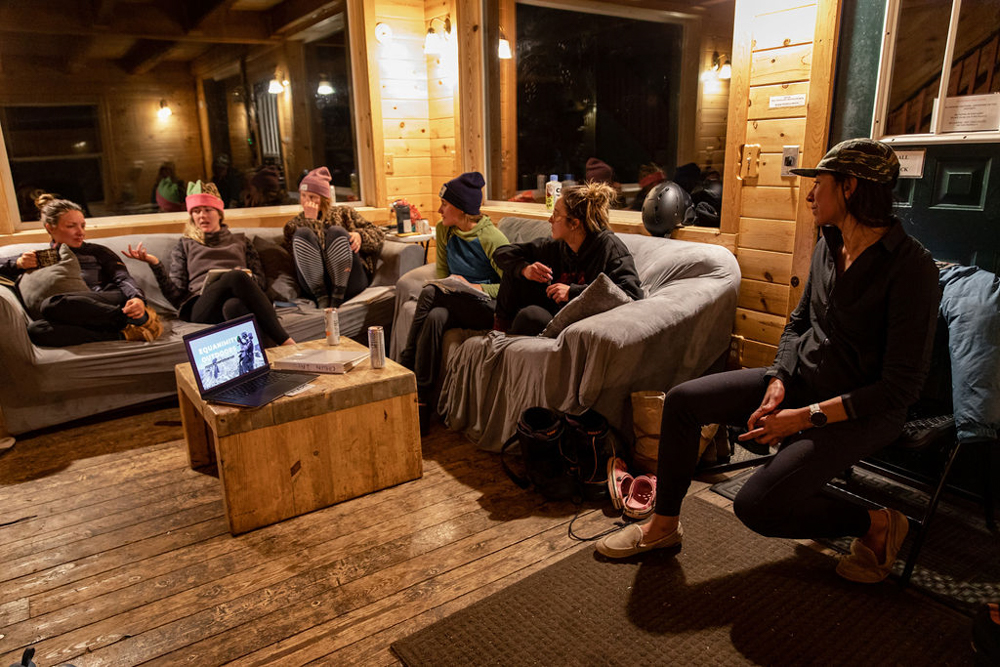
The way we approach our goals dictates the mindset that we bring with us as we set out to achieve them. If we set a steady pace (using objectives and SMART goals), it’s much likelier we’ll get to our destination in a way that keeps us going in the long term, and achieving bigger and more advanced goals.
What pace will you choose?
Cover Photo: Dani Reyes-Acosta Splitboarding Rogers Pass Pitted. Photo Carly Finke
About the Gear Tester
Athlete and storyteller Dani Reyes-Acosta aims to inspire individual action and collective communion through self-care and self-determination found in the outdoors. After leaving cushy corporate life to find her way back to her roots, she ticked rock climbs and ski lines across Argentina, Chile, Canada, and the USA on a circuitous path to self-actualization. Find her online as @NotLostJustDiscovering or via DaniReyesAcosta.com

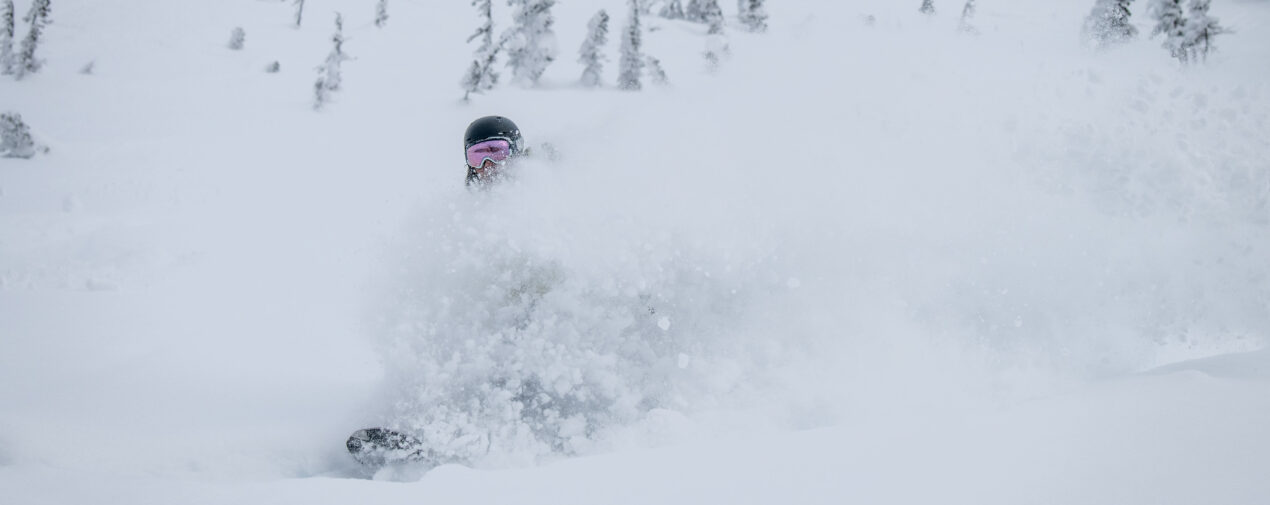
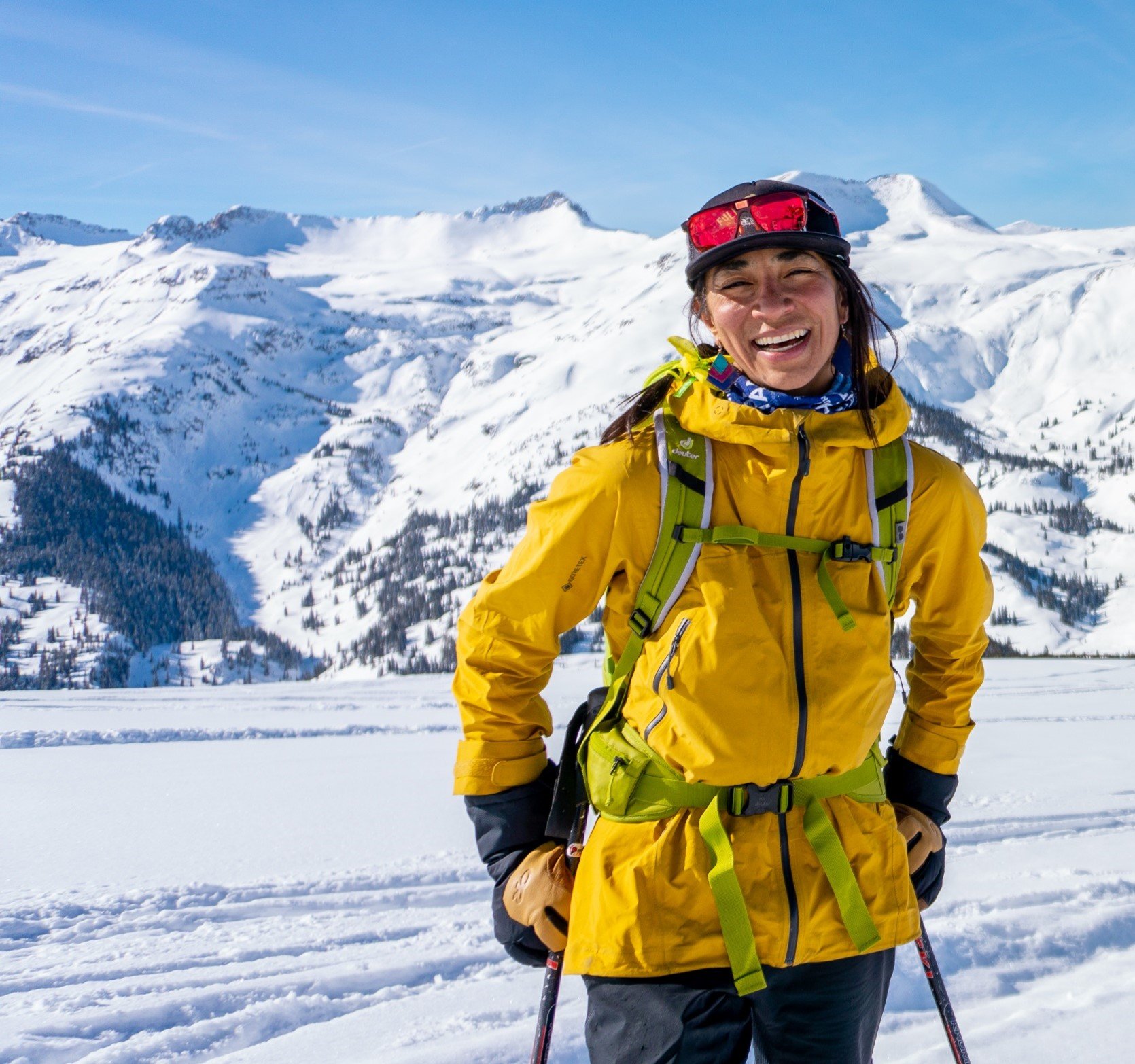



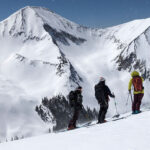

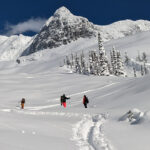
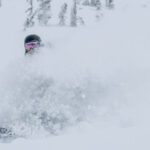
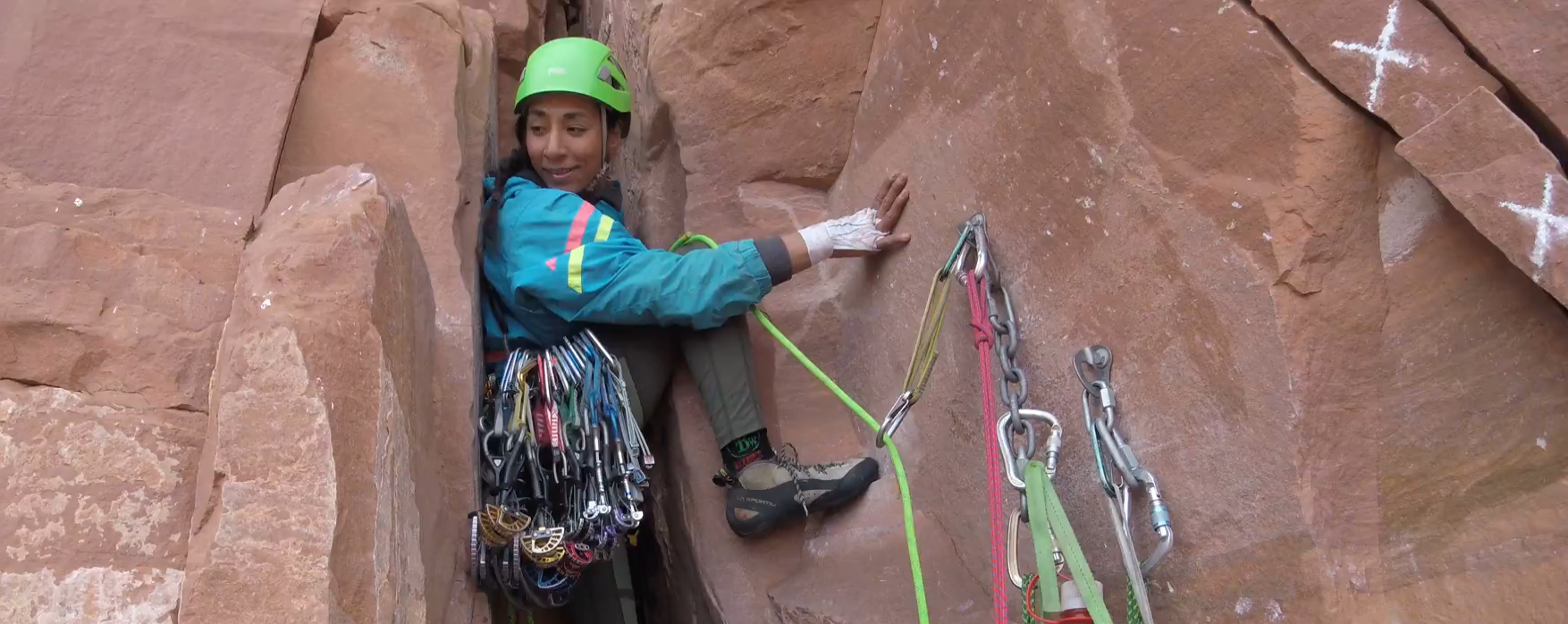
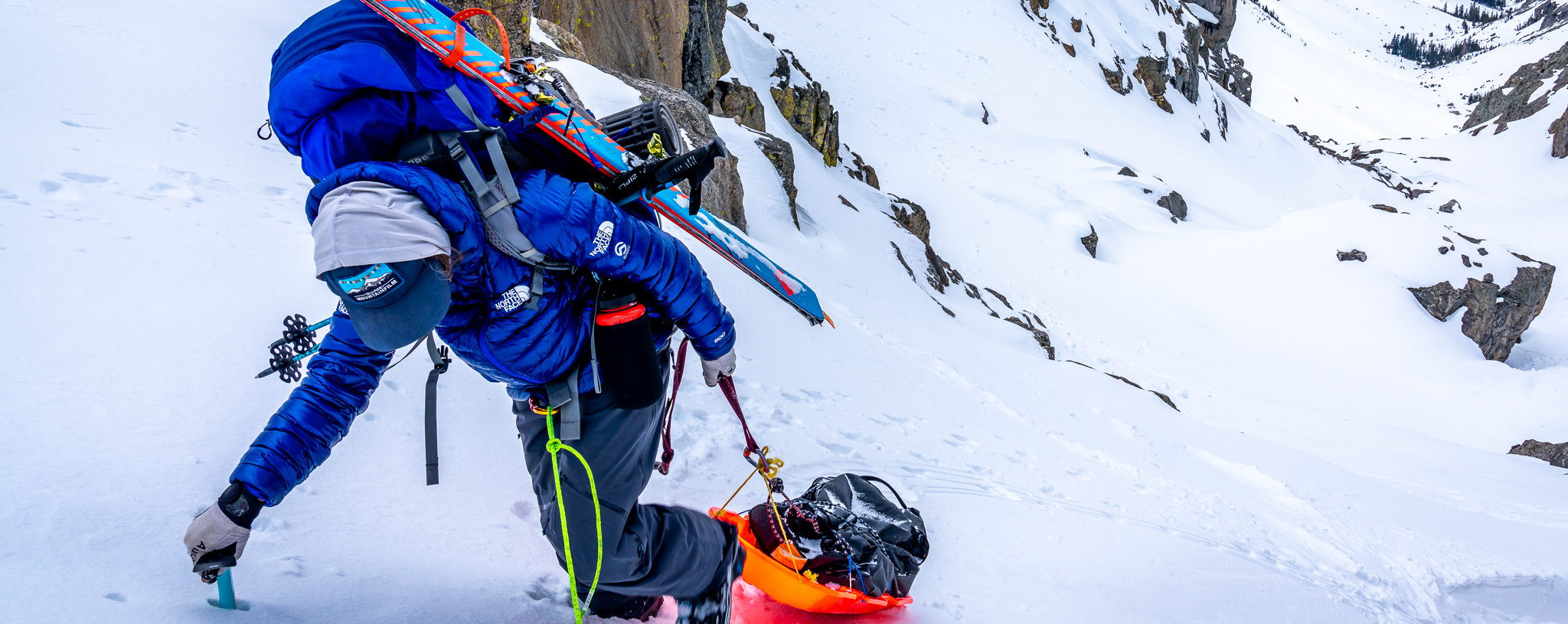
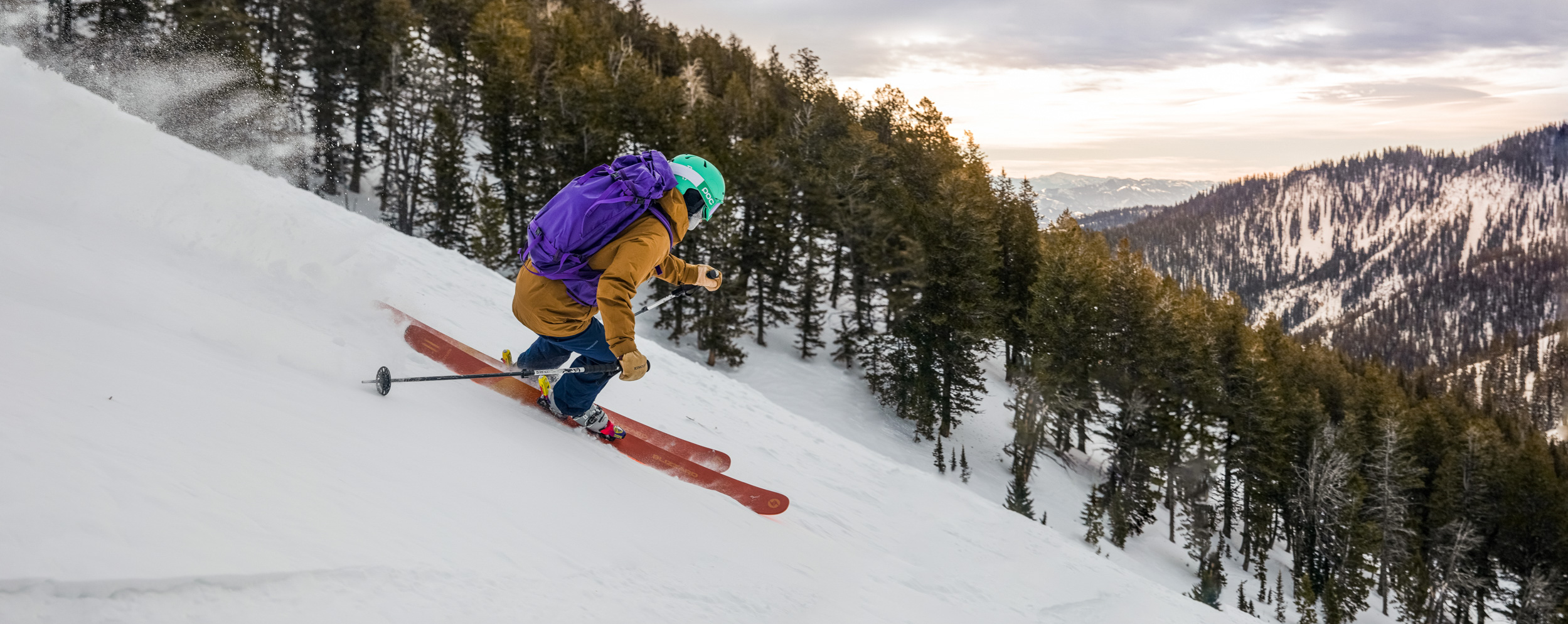
Great article and thanks for the share. In EVERY outdoor adventure there’s a stronger partner and a learner. It’s great advise on how to measure & manage expectations for ALL involved.